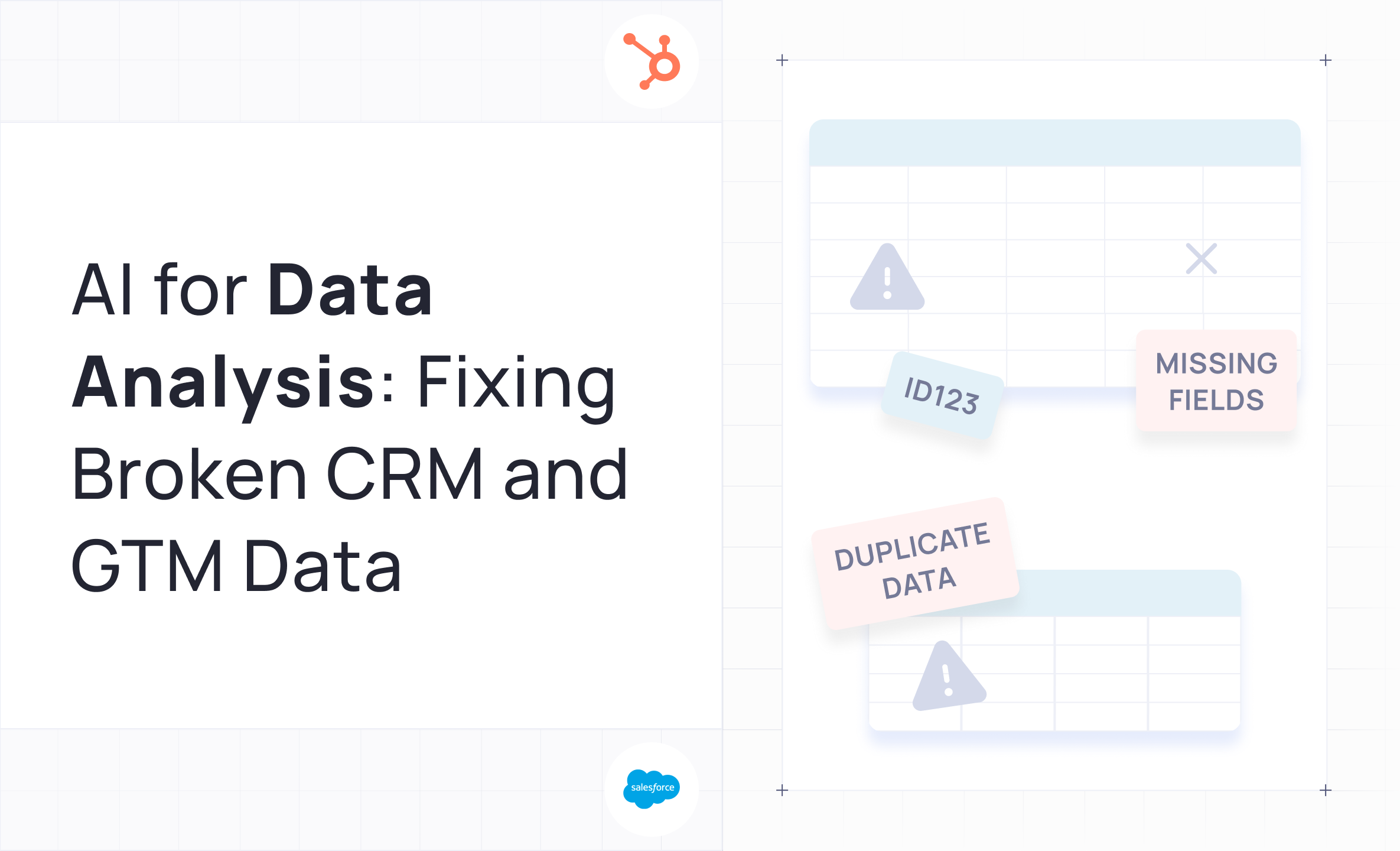Every growing company hits this wall. Your business teams have evolved from "we need basic KPI reports" to "we need thorough insights, yesterday."
Sales wants cohort analysis. Marketing needs attribution models. Finance demands granular unit economics.
Meanwhile, your analytics team – despite working through enough coffee to keep Starbucks in business – can't keep up.
And like clockwork, someone suggests the obvious solution: hire more analysts.
After all, you're doing $25M in revenue, scaling fast, and every department head is politely (or not so politely) demanding more data support.
Surely expanding from 3 analysts to 8 would clear the backlog and give business teams what they need?
I've seen those planning meetings.
Helped make those hire/no-hire calls.
But here's what I've seen when technical leaders build analytics organizations at this growth stage: More analysts often create more complexity without solving the core problem.
The hidden tax
Let me start by breaking down the hidden costs of scaling analytics teams - costs that rarely show up in your hiring budget but hit hard in operational efficiency.
Knowledge transfer tax
Each new analyst needs to understand your data architecture, business context, and the intricate web of relationships between metrics.
It's not just about SQL skills - it's about knowing why marketing cares about blended CAC while sales focuses on pipeline velocity.
This context-building takes months, during which your senior analysts spend less time on high-impact work and more time teaching.
Co-ordination overhead
With 3 analysts, you can sync in a 15-minute standup. With 8 analysts, you need formal processes to prevent duplicate work, ensure consistent definitions, and maintain documentation.
What used to be a quick Slack conversation becomes a meeting with 6 stakeholders to align on metric definitions.
Retention Cost
We also need to add the cost of people leaving. Every time an analyst departs, you lose months of context and relationship building. Training their replacement means starting the knowledge transfer cycle all over again. And AI doesn't leave.
But the real kicker?
More analysts actually slow down decision-making. When you have 8 analysts instead of 3, you don't get 2.6x more insights - you get 2.6x more competing analyses. Different analysts use slightly different methodologies, leading to conflicting numbers. Business teams spend more time reconciling different versions of the truth than acting on insights.
This isn't just theory - I watched a high-growth SaaS company triple their analytics team from 4 to 12 people in six months.
- Query response times went up, not down.
- Documentation became outdated faster than it could be updated.
- And the gap between data teams and business needs? It actually widened.
Let’s talk about what works
Think of it like this: instead of hiring five more people to manually process requests, what if you could give your current team (whether that's dedicated analysts or business leads wearing multiple hats) the equivalent of an always-on data expert?
I'm not talking about dropping a BI tool on your teams and calling it a day. That's like giving someone a car without teaching them to drive. It doesn't end well and costs a bunch of money.
Here's how we're solving this at Petavue:
We built an AI data analyst that works like your best senior analyst, but never sleeps or leaves.
When you onboard, we sync your data from places like Salesforce, Marketo, or Gainsight - wherever your data lives.
No more copy-pasting between tools or waiting for someone to run SQL queries.
Our AI learns your business context. It understands why you calculate NRR the way you do, or why your sales team cares about different metrics than your customer success team.
You can ask questions in plain English: "Why did our deal velocity slow down last quarter?" or "Which marketing campaigns are actually driving revenue?" and get answers that make sense for your business.
But we don't just leave you with AI. Our human analysts ensure the AI speaks your business language, interprets trends correctly, and evolves as your needs change. It's like having a team of experienced analysts guiding an AI that can scale infinitely.
Need a board deck with updated metrics? The AI generates it. Sales team curious about deal patterns? They can explore themselves. Marketing wants attribution analysis? It's automated. And because everything runs through the same system, you get consistent numbers every time.
The result? Your teams get insights when they need them. No more waiting for reports. No more inconsistent analyses. No more knowledge lost when people leave. Just clear, actionable insights that help you move faster.
Want to see if this approach could work for your team? Let's chat about your current analytics challenges and explore how our AI Data Analyst can help you.






